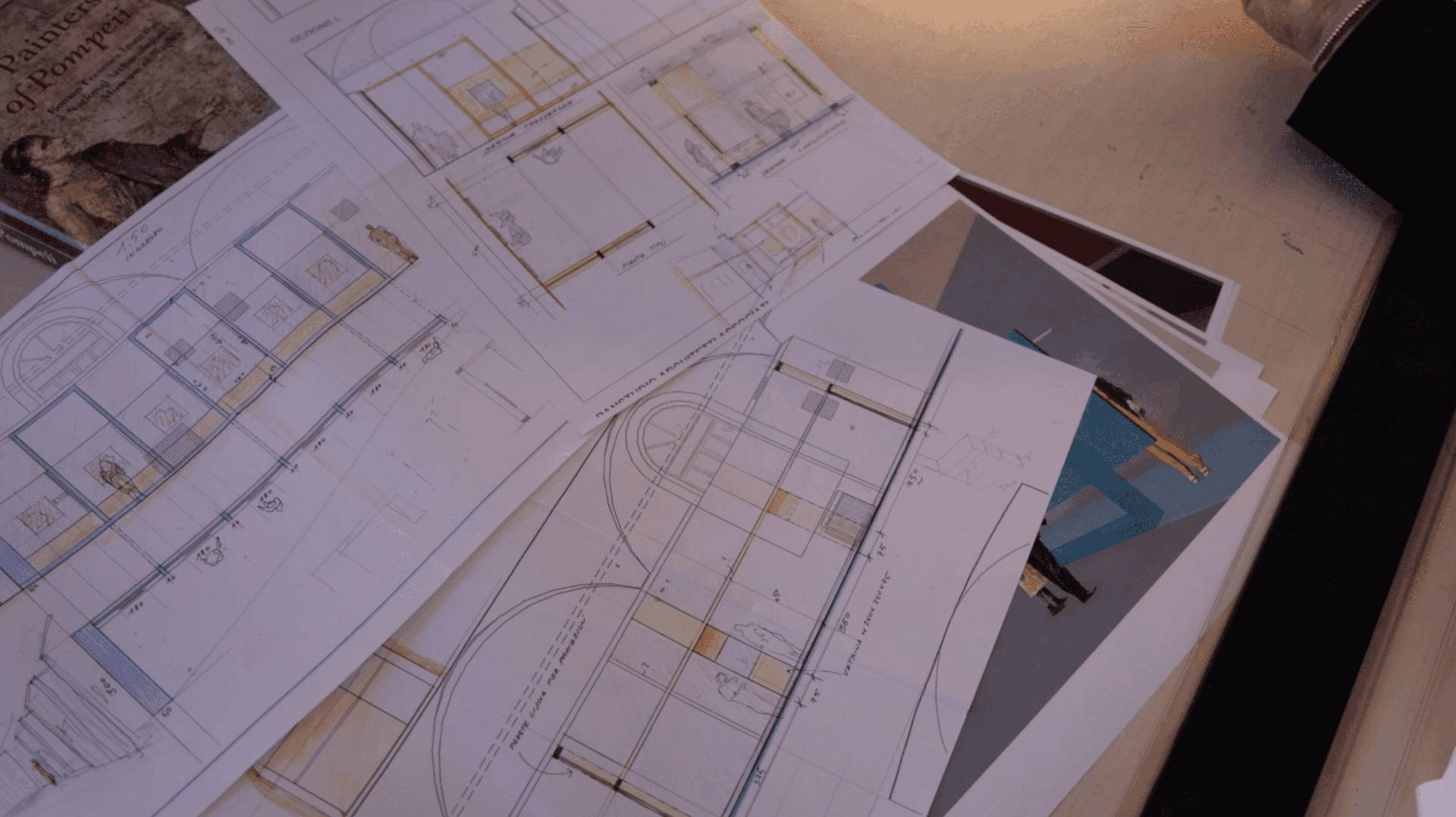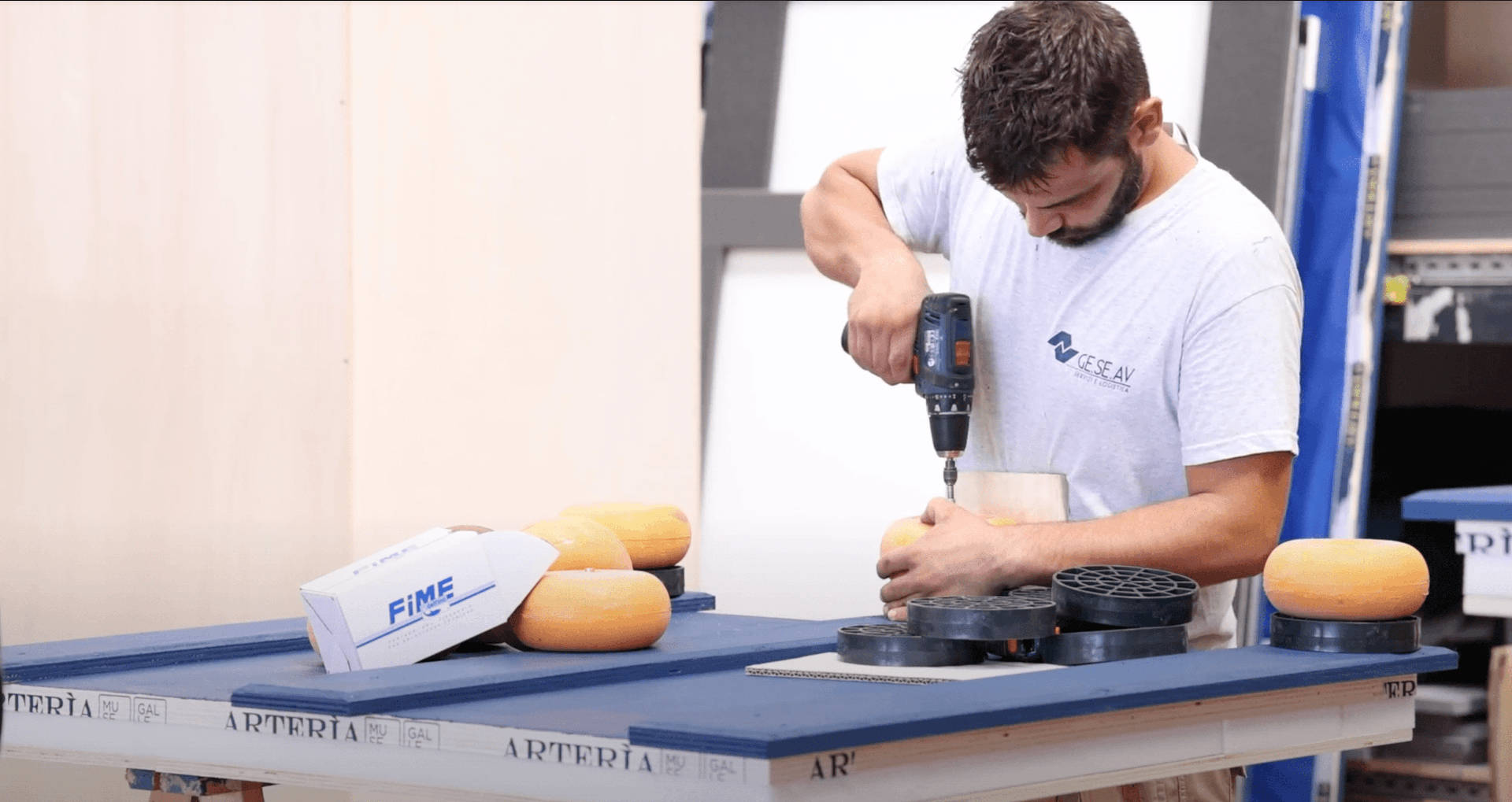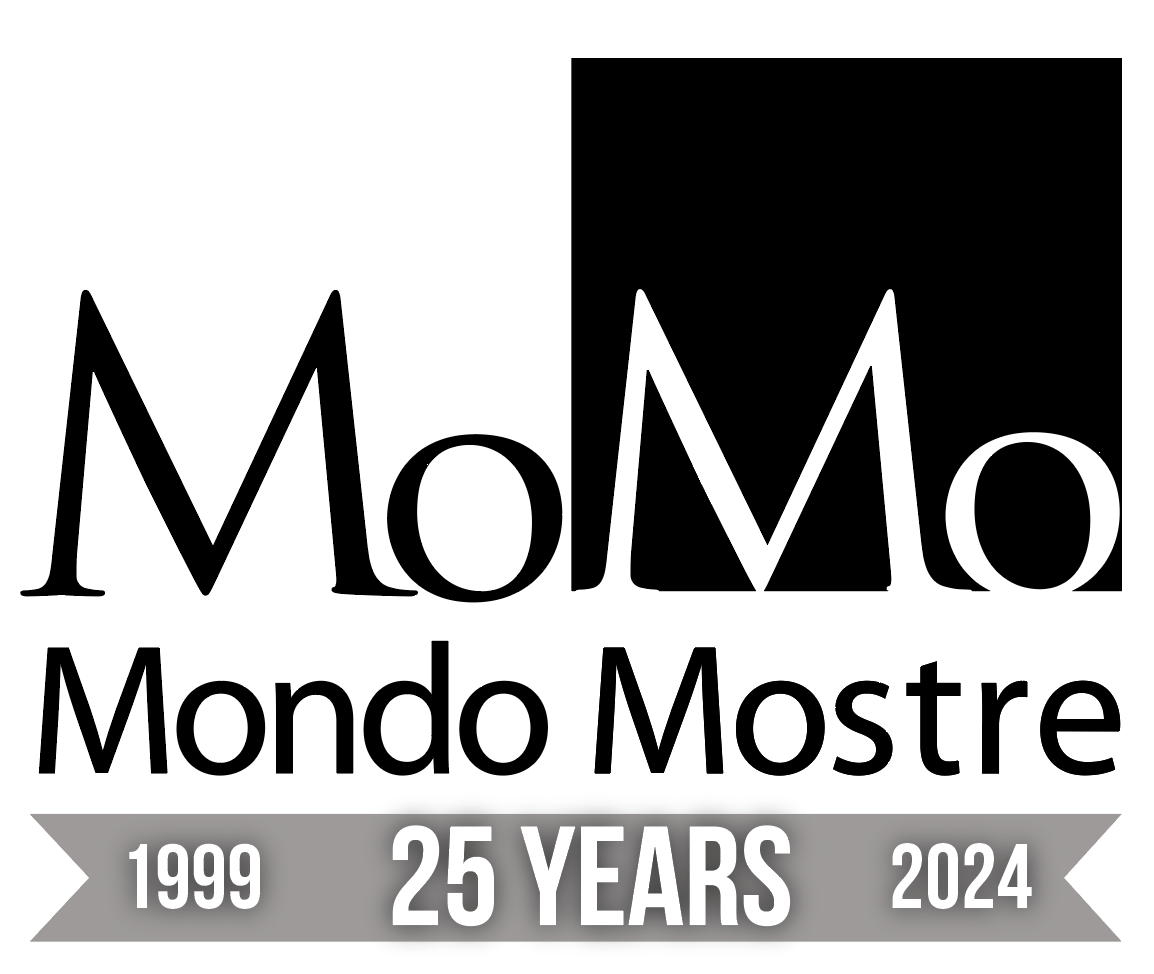Making of
Curators, architects, transporters, lighting designers, carpenters, insurers, couriers, communicators – before an exhibition can open, a complex and wonderful world of professionals is set in motion, each using their skills and working to ensure the best possible end result.
Discover their stories.
-
Cesare Mari
Co-founder of PANSTUDIO architects and associatesThe artwork, of course. But in what context? How do visitors see and perceive it? This is a fundamental element in engagement with an exhibition. This is why we always work with the best architects – including Cesare Mari, a veteran of the sector –whose stories you can hear in the video above.
Any architect who deals with museum or exhibition installations knows very well that each exhibition is unique, while also being acutely aware of the fact that the aim is always to show the works in the best possible light and to make them accessible to the public in the best possible way. They also know that their input must not be detached from that of the curators who select the works and who decide on the exhibition criteria (thematic, chronological, using contrast, and so on) or from the input of everyone else involved, starting with the lighting designer.
They can immediately get a handle on whether the container-venue – in Italy, almost all exhibition spaces are located inside historic buildings – will work in harmony with the content or will work by contrast with it, before going on to decide, under the latter scenario, whether to exploit that contrast or make it less invasive. A good architect is also an exhibition visitor, drawing on the skills of other people and staying up to speed with all the other exhibition elements (from the captions to the devices, the music and any immersive solutions), and crucially, they know that the make up of the visitors as a group is wide-ranging, taking in the young, the old, specialists and enthusiasts. They are, therefore, acutely aware that visitors must feel welcomed and not rejected, that they must have fun as they learn.

-
Antonio Addari
CEO of ArteriaPlanes on their way to all manner of worldwide destinations fly over our heads every day. Just as trucks make their way past us on highways. On board some of them, works of art are being transported to upcoming exhibitions. These journeys are meticulously planned to ensure that the artworks leave and arrive safely. Arteria is the largest, most renowned art handling and transport company. It is a leading name in the field of art logistics – one that has been operating for over 20 years and on which we rely for our exhibitions. The company benefits from the input of highly specialist staff operating in secure warehouses, on trucks and in carpentry and packaging workshops across six facilities located throughout Italy. Over time, this sector has evolved, finding ever-safer and higher-quality solutions and deploying new techniques such as digitization.
The first step in every journey is a risk assessment covering all possible contingencies. The conservation of the work and the maintenance of the microclimate are two elements of the utmost importance. This is why works sometimes remain in the crates for as long as 72 hours before being exhibited; and this is why Arteria also has staff at Milan Malpensa airport, who cannot intervene directly in the handling process, but who nevertheless ensure that it is carried out in the most effective way possible. Sometimes custom solutions must be found, such as that used for the frescoes from Pompeii arriving in Bologna from Naples – the transport packaging was made with a detachable upper section that was only removed on arrival at the museum in order to enable access to the exhibition area. Listen to many more stories like this one from Antonio Addari.

-
Serena Tellini e Francesco Iannone
Fondatori dello Studio ConsulineWe see works with our eyes, but even before we see them, we perceive them. It’s just that our perception is based on the latitude and longitude of the place where we are born. And yet for all of us, not just a real action but even the mere representation of an action can activate in our neurons a sense of participation in what we are observing – and, indeed, can do so in an equally profound way. This effect is achieved by means of illumination, as the experts at Studio Consuline – our exhibition partner, who perfected the famous Monza method – know very well indeed.
A great deal of progress has been made in this field, and light has become as dynamic as human beings. Light – fixed, stable, single and uniform – is a twentieth-century invention, whereas today it “moves”, thanks in part to the input of lighting technicians and lighting designers. It moves in terms of colour, spectrum and intensity, with a view to achieving the best possible quality. Ongoing research and specialised study help to enhance the exceptionally important work of those involved, but on occasion – as Francesco Iannone, co-founder of Studio Consuline, states – the discovery of new, innovative solutions occurs by accident, as was the case with the acclaimed Monza method, which has contributed to making the studio one of the world’s leading names in the global industry. The company also conducts constant product development, engaging with exhibition designers and curators to meet their needs, as evinced by the head of Medusa, for which the requirement was that we should see the head exactly as it is seen across the hours of daylight. As they put it, there are no works that are easy or difficult to light; there are only works to be savoured fully, with all of our senses. For them, light is perfect when it succeeds in interpreting and serving the artist’s wishes, enabling the final flight and the victory of the cyclist.

